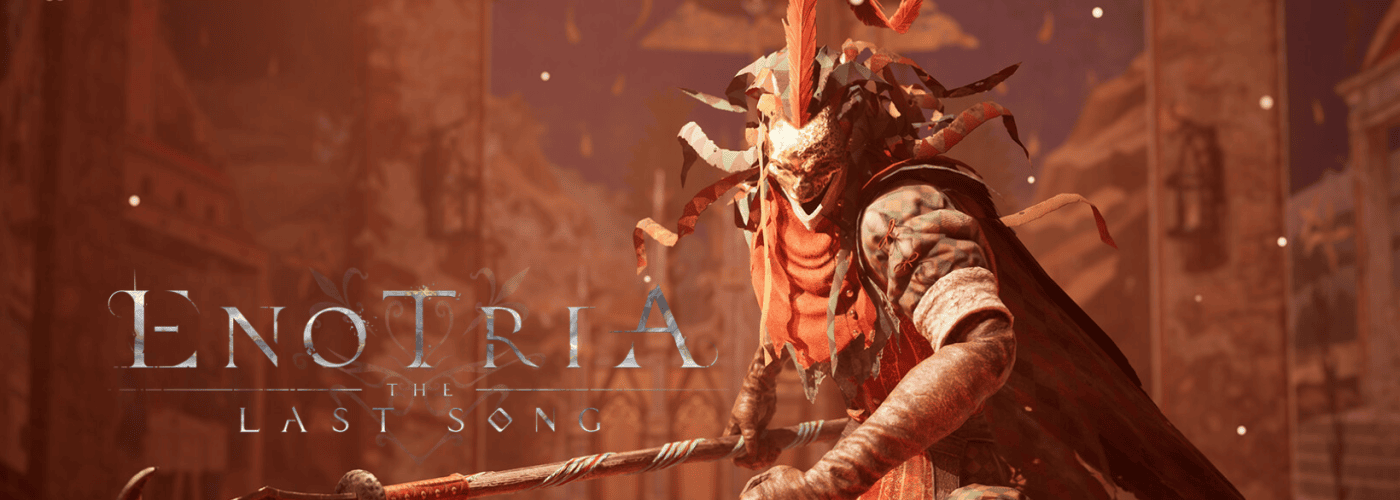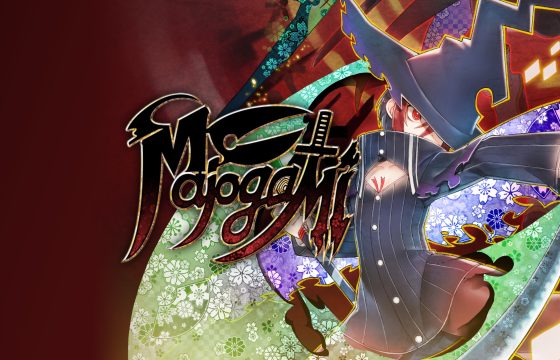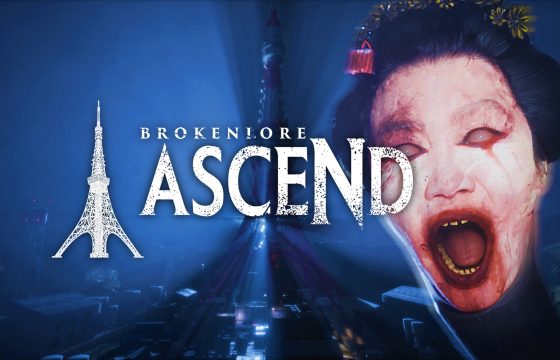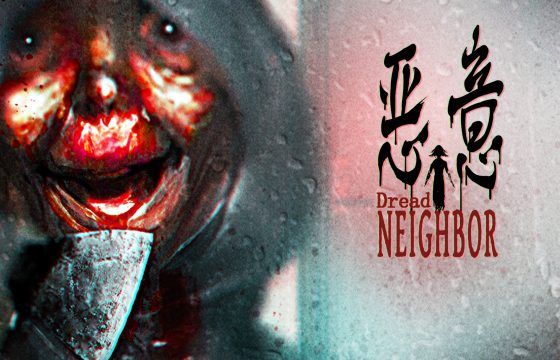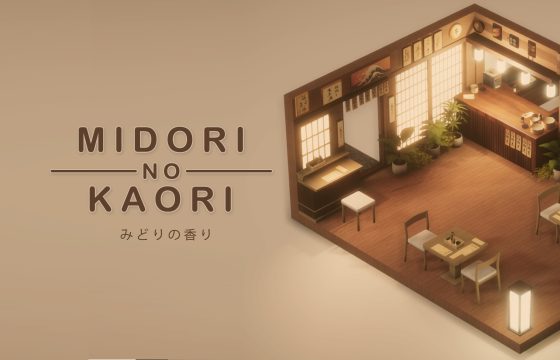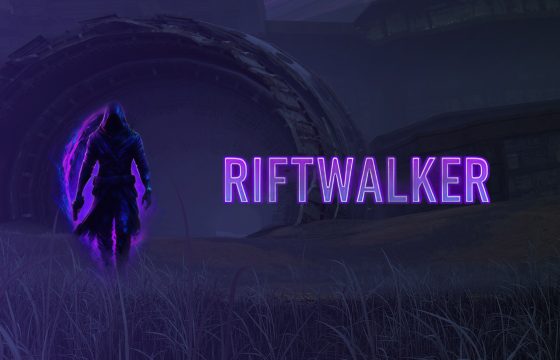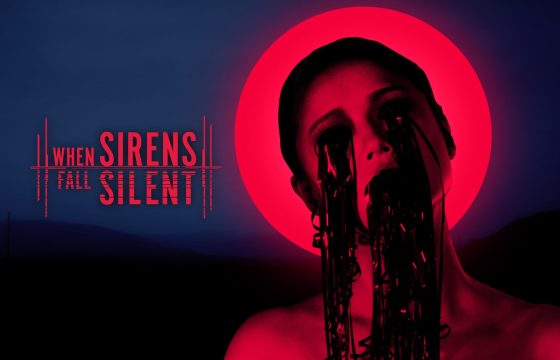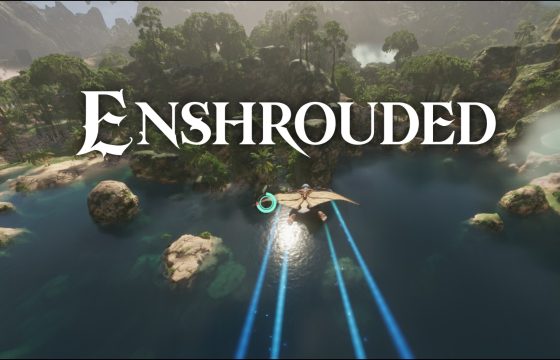Let’s discover together something more about the introduction of Mocap and the use of Unreal Engine 5 in Enotria: The Last Song

Today we go back to talking about Enotria: The Last Song, regarding the work of Mocap and the transition to Unreal Engine 5. We remind you that to find out more about this title you can consult our main article: Enotria: The Last Song – An Ode to Italian Folklore, Art and Theater. Additionally, you can find out more about the team behind the game by reading our interview with Jyamma Games.
Now, without further ado, let’s discover the news mentioned above!
The introduction of Mocap
Thanks to Unreal Engine 5 and the use of Mocap (motion capture), the move sets have made a leap in quality, becoming more fluid and allowing a concatenation between them. Furthermore, the appearance and sensations transmitted to the player towards the main character benefit, thus creating a strong bond between them.

The chained parries not only demonstrate the technical improvement but on a gameplay level they ensure a more aggressive and pushed style of play, just as the developers suggest and advise.
As you can well imagine, we won’t be the only ones to have the upper hand thanks to the fluidity guaranteed by mocap. Well, even our enemies, thanks to the effective use of motion capture and the influence of Artificial Intelligence, will give us a hard time. This combination gives life to an explosive mixture with an expansion in the behavior of the AI, ensuring complex and intense combat.

Last but not least among the positive aspects of mocap is the expansion and improvement of the Weapons Arsenal. With an additional move set and a range of weapons ranging from fast sabres to colossal weapons.
Unreal Engine 5
If the mocap helps the gameplay part by making the movements much more fluid; Unreal Engine 5 helps developers deal with the large amount of work that the game requires to present itself as promised. For this reason, the developers adopted Nanite and Lumex for the implementation. Let us try to briefly explain what they are and what advantages they bring.
Nanite
Nanite is Unreal Engine 5’s virtualized geometry system which uses a new internal mesh format and rendering technology to render pixel scale detail and high object counts. It intelligently does work on only the detail that can be perceived. Nanite’s data format is also highly compressed, and supports fine-grained streaming with automatic level of detail.

Benefits of Nanite
- Multiple orders of magnitude increase in geometry complexity, higher triangle and objects counts than has been possible before in real-time
- No more constraint Frame budgets by polycounts, draw calls, and mesh memory usage
- Now possible to directly import film-quality source arts, such as ZBrush sculpts and photogrammetry scans
- Use high-poly detailing rather than baking detail into normal map textures
- Automatic handling of Level of Detail (LOD) no longer requires manual setup for individual mesh’s LODs
- Loss of quality is rare or non-existent, especially with LOD transitions
Lumen
Lumen is Unreal Engine 5’s fully dynamic global illumination and reflections system. Its design is for next-generation consoles, and it is the default global illumination and reflections system. Lumen renders diffuse interreflection with infinite bounces and indirect specular reflections in large, detailed environments at scales ranging from millimeters to kilometers.
Lumen Lighting Features
It brings robust dynamic global illumination to Unreal Engine. In fact, it integrates well with other supporting systems in Unreal Engine 5, such as Nanite, World Partition, and Virtual Shadow Maps.

Unreal Engine 4 features, like Screen Space Global Illumination and Ray Tracing Global Illumination (RTGI) aren’t reliable or performant for projects that relied on real-time with a high enough quality. Also, these features don’t fully integrate with other important systems to widely support most features of the engine.
Supported Light Types and Other Features
At a high level, Lumen supports the following:
- Supports all Light Types, which includes Directional, Sky, Point, Spot, and Rect Lights
- Supports Light Functions on Directional Light only
- No support for Lights with their Mobility set to Static. Static Lights are stored completely in lightmaps and their contribution is disabled when Lumen is enabled
Technology and Artistic Direction
Undoubtedly the technological power provided by Unreal Engine 5 gives an edge to the project but above all it simplifies and helps the work of the Artistic Direction. Thanks to the use of the UE5 environment, the possibility of being more daring opened up, introducing the use of bolder colors and with a more dramatic staging. Placing a much broader emphasis on environmental storytelling, to make the game in line with the Souls-like genre.
An excellent example of all these improvements is Quinta, the opening area of Enotria: The Last Song. Why working so hard? It’s not just a matter of keeping up with the times. It is above all to provide players with a varied experience, savoring the Mediterranean beauty. From the falesians coasts to the grandiose architecture of the world of Enotria.

The bosses are the culmination of all these technical and artistic efforts. Full of dark secrets to reveal and combatively exciting, they will challenge us to give our best in duels, with combos as bizarre as their personalities.
The developers are doing all of this, without losing sight of the north star of this project: making the rich and diverse Italian history and the folklore of a sunny people.
This time too we have reached the end of this in-depth analysis, we hope it has intrigued you and brought you closer to the title. We’ll certainly return to dissect new news as they are revealed by the Devs.
Maskless One stay with us so you don’t miss any!
Good Game everybody!

